How to Dry Out Ground Beef
Mistakes You're Probably Making With Ground Beef
Ground beef is a staple in countless kitchens: it's versatile, tasty, and it doesn't take long to turn it into dinner. Ever take, say, lasagna out of the freezer in the morning, only to feel like anything but lasagna by dinnertime? Not a problem with ground beef! Take that out, and your options are still wide open. Burgers, tacos, meatloaf, chili... whatever you want!
But just because we use something all the time, that doesn't mean we're not making any mistakes with it. It's easy to just sort of fall into the same old habits, and if you've been holding onto those habits for years, well, there might just be a better way of doing things. And when it comes to food, those better ways might just make your dinners tastier, your leftovers better, and your food a little bit safer. So, let's talk about common mistakes we make with ground beef, and how to fix them.
You're packaging it wrong when you freeze it
Ground beef is one of those things that's always handy to have around, and it's always good to keep some in the freezer. But if you're just putting those trays right into the freezer from your grocery bags, we hate to break it to you, but you're doing it wrong.
We have a few tips that won't just make thawing your ground beef easier, but it'll help you save precious room in your freezer, too. First, you should absolutely repackage the ground beef in freezer bags. When you do, you should flatten your portion out as much as you can — that's not just a space-saver, it's also going to get rid of air pockets that can cause freezer burn, and it'll help the meat defrost faster when you take it out to use it.
And here's a neat little trick: take something with a long, straight edge, and press a series of divisions into your flattened ground beef. That way, if you're just craving a single burger or want to whip up a small bit of taco meat for your nachos, you can easily break off that small portion, and not have to worry about thawing and using the whole thing. Pretty neat, right?
You're not looking for the right signs of spoiling
Some bad meat can ruin your evening, so how can you tell if your ground beef has gone bad? Surprisingly, it might not be in the way you think.
Do you check the color as an indicator of spoilage? That can sort of work, as we found. But... sort of not.
If you break apart your hunk of ground beef and the inside looks a little grayish-brown, that's completely normal. That bright red color we associate with fresh meat happens when pigments come into contact with oxygen, and if the center's a little odd-colored, that's just because it hasn't been exposed to oxygen. But if most of the meat is that same grayish-brown, that's a little more questionable.
If that's the case, there are two things you can do. First, sniff it. Fresh ground beef should have no smell, or a slight iron scent. That's fine! If it's a little funky or weird-smelling, though, it's starting to spoil. Pay attention to how it feels, too. If it's starting to feel slimy, sticky, or tacky — in other words, anything but smooth and damp — get rid of it.
You're picking ground beef based on color
Picture yourself standing in the meat section of your favorite grocery store. How do you pick a package or few of ground beef? Do you reach for the brightest one? Go for the most vibrant color? That's actually not the only thing you should be looking for.
According to the American Meat Institute, many meat packers use a system that injects carbon monoxide into the packaging. That actually acts as a color stabilizer, and it keeps meat looking bright red way longer than it would hold its color without the gas. It's perfectly safe, but it does mean that if you're not looking at the expiration dates, you might just grab some ground beef that's way closer to spoiling than you might think, based on the color. Bottom line? Always check dates!
Here's another little trick, straight from us to you. Pay attention to how cold the package is. If it's a little warm, it may have been sitting out of refrigeration for a while, and you should absolutely give this one a miss. You don't want a package that's been sitting on a counter somewhere before being restocked, right? That's how food poisoning happens!
You're buying ground beef packaged
Sure, packaged ground beef is convenient, and there's really nothing super wrong with it. But, if you really want to replicate your favorite gourmet burger at home, you definitely shouldn't be reaching for this stuff.
Instead, go to the butcher's counter. Talk to the person on the other side. Pick out cuts of meat, and have it ground right there.
Why? According to Epicurious, the cuts of meat that typically end up in ground beef made and packaged at some mysterious, out-of-sight, out-of-mind factory are less-than-stellar. They're not bad, just... not the best. They're sort of like mystery meat hot dogs. But when you pick out a solid cut of meat and have your butcher grind it, you know exactly what you're getting — and, you can ask for a rougher grind that's going to give your burger more texture.
Any good butcher will be able to give you some guidance, but don't worry — it's easy. Look for chuck steak: that's about 20 percent fat, and once that all gets ground, that's a great, basic sort of ground beef. And you'll want the fat in there — that's what makes your burger juicy. Want more fat? You can definitely ask them to make adjustments, and that's the brilliant part of picking the cuts and having them grind it right there.
You're not buying enough ground beef
We've all been there: You're super excited about mixing up some ground beef, adding seasonings, and grilling up some burgers with a funky flavor profile... only to have the burgers that make it to the bun look very, very tiny. What the heck?
According to the USDA, all meat shrinks. It shrinks more when you're cooking at higher temperatures and for a longer time — since one of the cardinal rules of ground beef is that you need to cook it to at least 160 degrees in order to get rid of any potentially harmful bacteria, that's pretty much the definition of what you're doing with it. It gets smaller because you're cooking out all the fat and juices, and that's why you get the common mistake of small, dry burgers.
Fortunately, there's an easy fix: buy more. According to Weight Watchers, you should assume you're going to get about 25 percent shrinkage in your meat. So, just buy 25 percent more than you think you're going to need, make bigger burgers than you think you'll eat, and everyone at the dinner table will be happy with their portion size.
You're ignoring ground beef's different fat percentages
Not all ground beef is created equal, and those percentages on the packages are actually pretty important. Ignore them, and you're more likely to have a final, cooked product that isn't quite what you intended.
Common percentages are 80/20, 70/30, and 90/10 — the first number is a reference to the amount of lean meat in the grind, and the second is fat content. Less fat might seem like a healthier choice, but when it comes to burgers, it's not one you want to make.
If you know what you're planning on making with the ground beef, you can buy accordingly. According to The Kitchn, 80/20 is what you're going to want to keep on hand for burgers: that fat content is going to help guarantee a nice, juicy burger. But if you're making something like meatloaf — something you're going to be cooking for a longer time — you're going to want a 70/30 mix. That higher fat content is going to help keep your meat moist throughout cooking.
So, when should you use the super-lean 90/10? That's great for things that are going to get their moisture from elsewhere: think of meatballs you're cooking with sauce, or meatballs you're going to serve in soup. Then, you can absolutely go leaner — and, if you want to make your meatballs even better, go for a half-and-half mix of ground beef and ground pork. The sweetness and texture will be an absolute win.
You're using the wrong conditions for browning ground beef
Browning ground beef is easy, right? Just throw it in the pan and make it... brown. Right? It's a little more complicated than that, and if you're browning your ground beef the same no matter what you're cooking, you might not be getting the most out of it.
First, some tips (via Cooking Light), starting with the state of your pan. You shouldn't just add your meat to the pan, then put it on the stove to bring it up to temp — and, you shouldn't be putting cold meat on the stove, either. Ideally, you want meat that's had the chance to warm up slightly, and a pan that's already hot.
Now, how brown is brown enough? If you're browning your ground beef before making something like chili, it's going to cook more along the way. Just searing the outside is fine: you'll seal in the juices, and it'll finish cooking later. Brown it until it's well-done, and it'll get way overcooked.
But, let's say you're browning meat for sprinkling on some quick nachos. Bon Appetit says you're probably not browning it enough — in this case, putting it in the pan, flattening it, and letting it cook until it has crispy brown edges then flipping it will give it a delicious texture and seared flavor that's perfect if you're going to use it right out of the pan.
You're ignoring your air fryer
A skillet might be your go-to for browning ground beef, but did you know there's another way that some say is even better?
According to Cook the Story, you should absolutely be using your air fryer for your ground beef. For starters, you're not going to have to stand there and watch it... and we're all busy people. Secondly, the fat drains from the meat as it cooks, and if you're trying to make small changes that lead to eating healthier, this is a brilliant one. You're not cooking your ground beef in all that fat, and that'll give you a leaner, healthier meal.
It will dry your meat out a bit, but if you're browning it for something that's going to be covered in sauce or broth anyway, that's not a big deal. It's super easy to do, too: just put your ground beef in the basket, break it up, and cook for 5 minutes at 400 degrees. Open the fryer, break your beef up again and stir, then finish it off with another 3 to 5 minutes. Done! Easy, right?
You're cooking frozen ground beef
We've all been there, and realized halfway through the day that we forgot to take something out of the freezer for dinner. Ground beef might seem like a great option to pull out when you get home and throw in the pan, but you're doing it a huge injustice, notes The Spruce Eats.
Here's why. When you freeze ground beef, ice crystals form inside the meat. Throw that frozen hunk of beef in the pan, and you're going to melt the ice crystals really quickly, and they're going to drain off with the fat. They're also going to take a lot of the beef's flavor with them, and what's left is some seriously bland beef.
If you thaw the meat in the fridge during the day before you cook it, those ice crystals will melt slowly and the flavor ends up getting absorbed back into the tissue. Cook from frozen, and you'll have some sadly flavorless meat. Thaw it, though, and you'll add a whole new depth to your dishes.
You're thawing frozen ground beef wrong — and potentially, dangerously
Stop us if this sounds familiar: You need to thaw a pack of ground beef for dinner, so you pull it out of the freezer and throw it on the kitchen counter for a few hours to bring up the temperature. Yay or nay?
According to Southern Living, that should be a resounding "Nay!" While it might seem logical that the meat is still going to be sort of cold, it's not going to be anywhere near cold enough to keep potentially harmful bacteria from growing all over it... and no one wants their burger with a side of food poisoning.
Fortunately, there's a few ways you can safely thaw meat. If you're planning ahead, you can just pop it in the fridge and let it thaw there — but you should definitely plan on using it in a day, or two at the most. If you're in more of a hurry, you can use the defrost setting on your microwave (although it's far from ideal) for 3 to 4 minutes at a time, checking the progress regularly. Or, fill a large dish with cold water, and submerge your frozen ground beef completely. (Completely being key!) It should take around 15 minutes for a package to thaw enough to cook with, and you're much safer than had you just left it on the countertop.
You're not cooking to the proper temp
If you're one that likes their burgers anything but well-done, you should probably know that the USDA doesn't recommend eating burgers cooked to less than a 160 degree internal temperature. If you're cooking your ground beef to anything lower than that, you're making a mistake that could get someone very, very sick.
That's because ground beef is known to harbor bacteria — particularly E.coli — that multiply like crazy in what's called the "Danger Zone": temperatures between 40 and 140 degrees. Cooking completely kills the bacteria and makes the meat safe to eat, but you have to hit that 160 degree number.
So, why can you eat a steak rare and not a burger? With a steak, the bacteria's on the outside, and it's seared off when it's cooked. The inside is pretty bacteria-free. When that steak is turned into ground beef, though, the grinding process mixes the bacteria-covered outer layer into the rest of the meat, and it's exposed to bacterial growth throughout.
And that rare burger isn't worth risking food poisoning: according to Healthline, E. coli can cause things like gastrointestinal pain and distress, vomiting, and severe diarrhea, which can last for up to a week and get very, very serious.
You're draining it down the sink
After you brown your ground beef, the first thing you probably do is to drain it. If you put a colander in the sink and just let it drain there, you're not alone: but you are doing something with potentially terrible consequences.
According to Excalibur Plumbing, grease clogs are one of the most common problems they're called in to solve. Even though the grease from ground beef might look liquidy when it's in the pan, once you pour it out, it cools pretty quickly. As it does, it leaves residue in your pipes that builds up over time, and it'll eventually cause blockages. That's bad, and it can get worse: severe blockages might even back up into the sewer systems, and that can, in turn, block up toilets and flood basements. No one wants that.
Lifehacker says that you're better off keeping an old coffee can or plastic bottle under the sink and gradually filling it. Once it's full, you can either trash it, or see if your neighborhood has a program for recycling cooking fats. Just don't back up the neighborhood sewers with it.
You're buying ground beef at Walmart
Sure, Walmart has some great deals on food, but we learned that you shouldn't go there for the ground beef on your shopping list. Why?
Comparison shoppers have found that it's surprisingly expensive, and typically sells for about $1 a pound more than Aldi. Considering how much ground beef we use, that adds up!
Still, if it was higher quality, we might be able to justify the cost. Unfortunately, the news on that front isn't good. Reviews of the ground beef from Walmart are less-than-appetizing, with reviewers on the web site calling them out after finding huge chunks of fat, gristle, and mysterious rubbery pieces in their ground beef. Others have said they've found intact arteries and even bone fragments, so you might want to walk on past Walmart's meat department before you get a pack of ground beef with some nastiness that turns you off eating burgers and meatloaf for good.
Source: https://www.mashed.com/223328/mistakes-youre-probably-making-with-ground-beef/
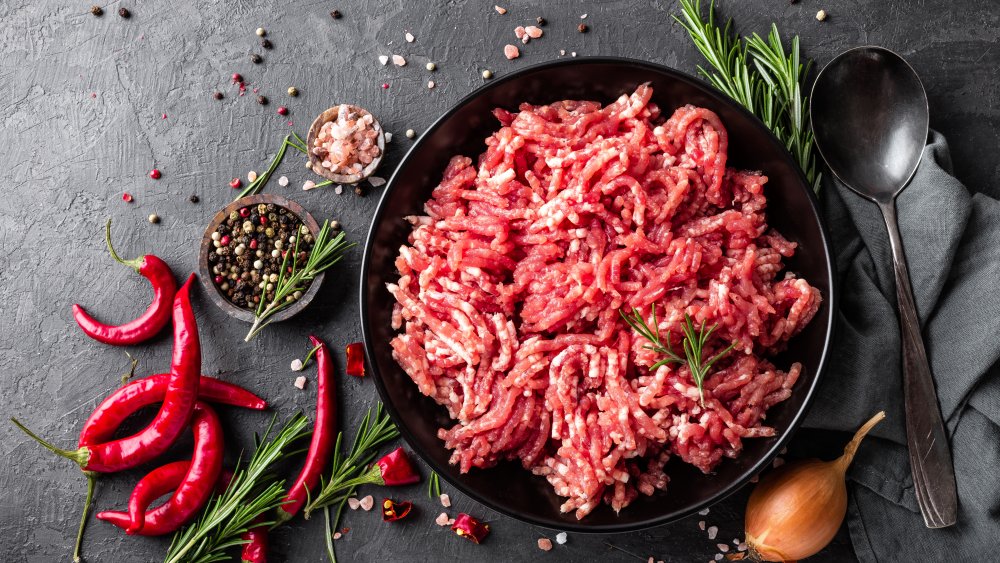
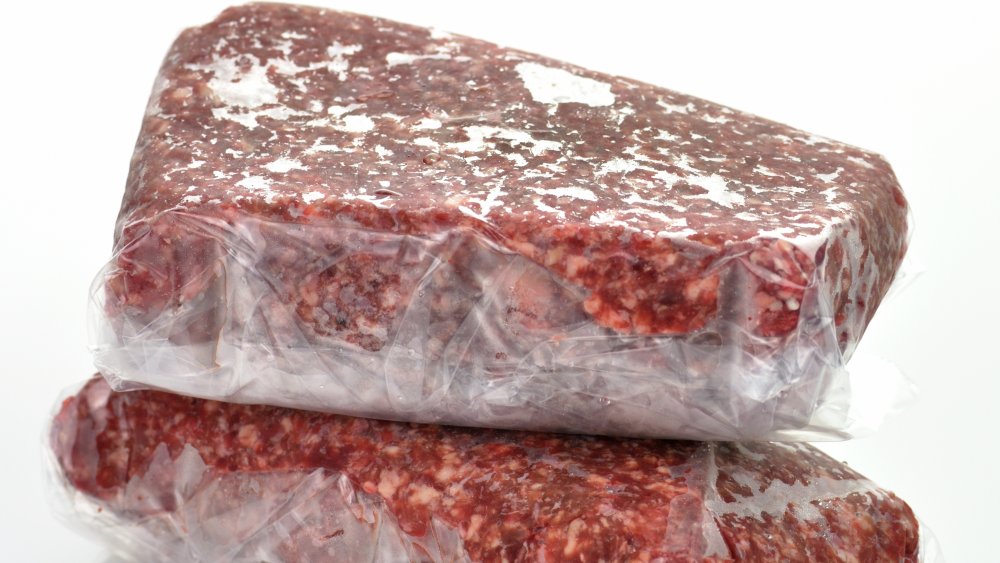
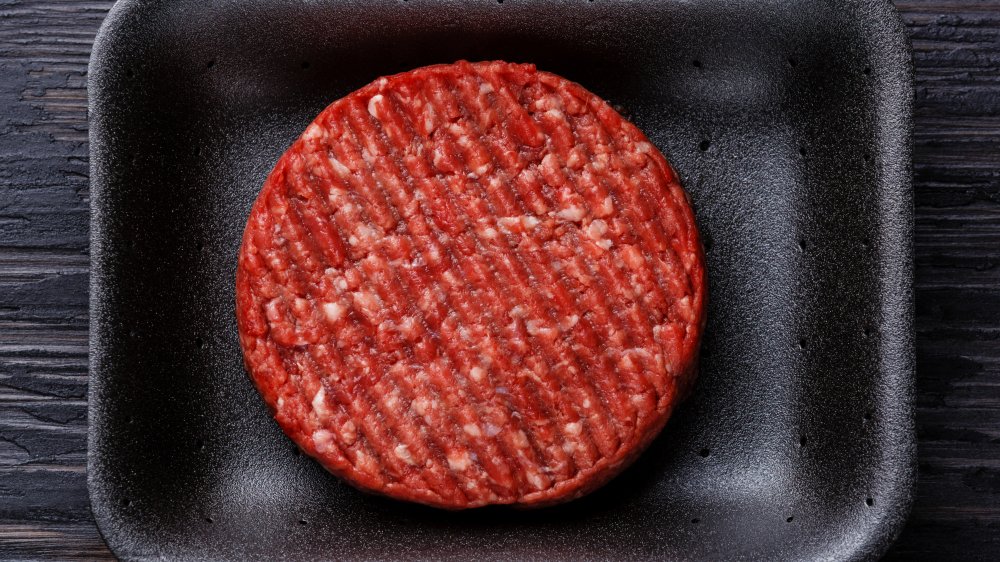
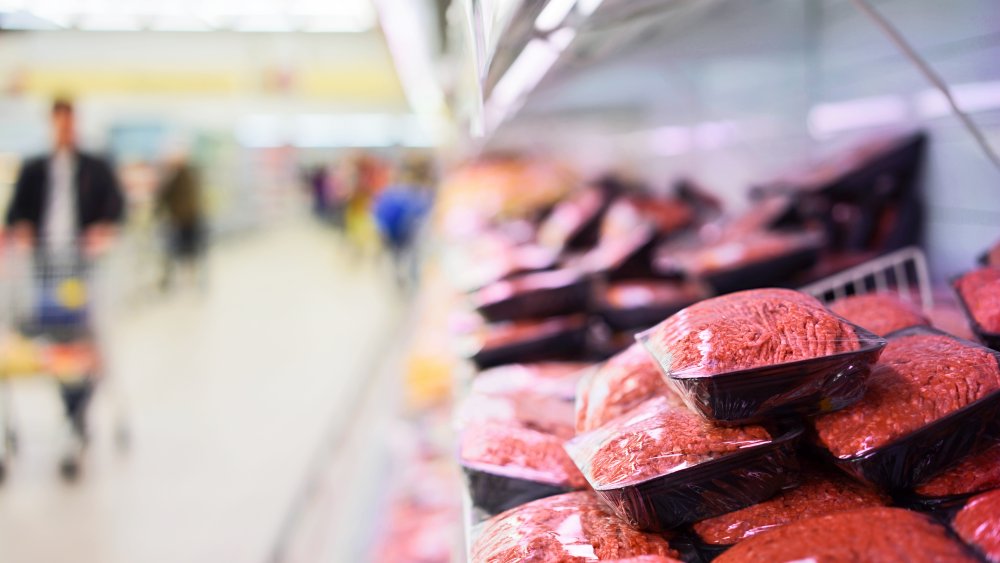
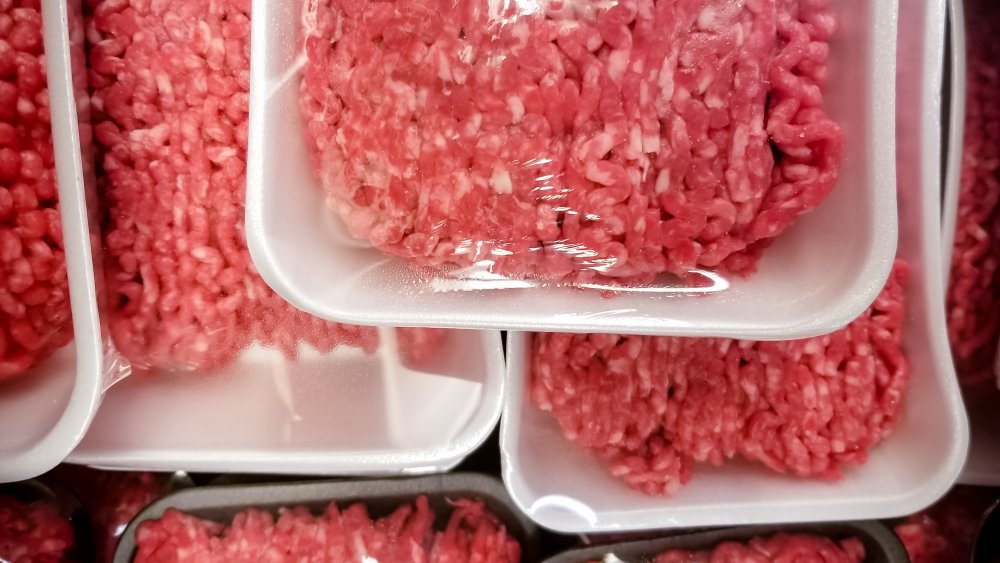
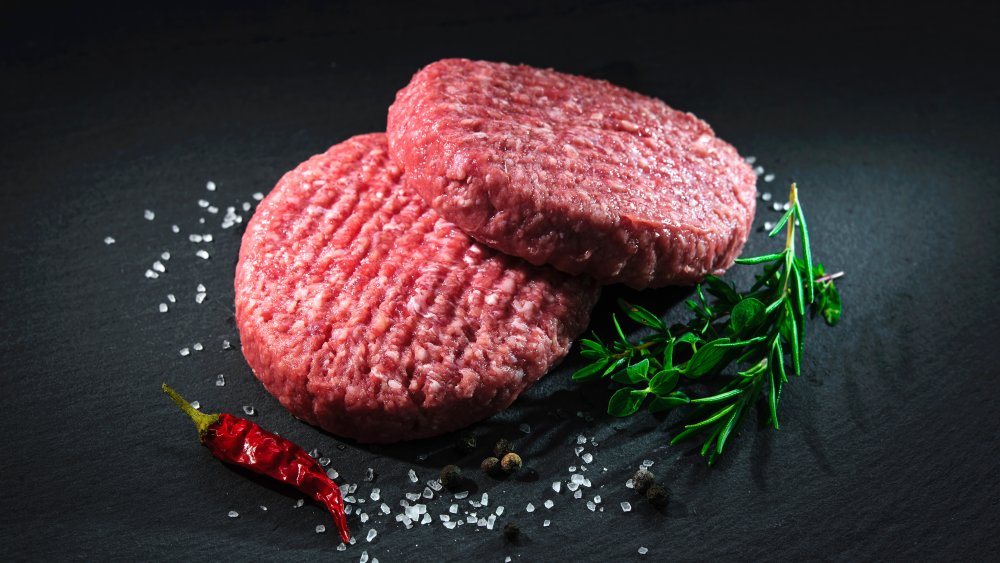
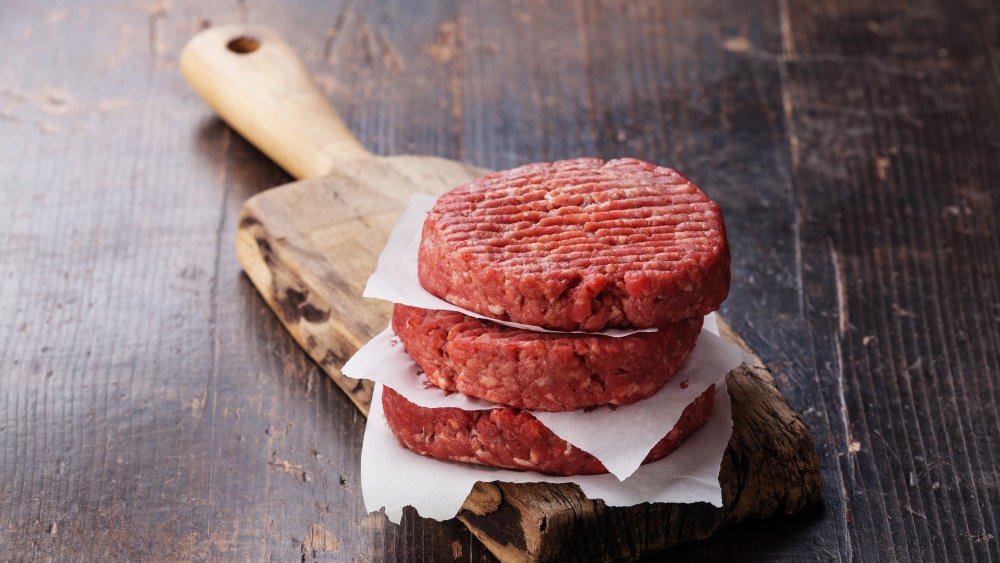
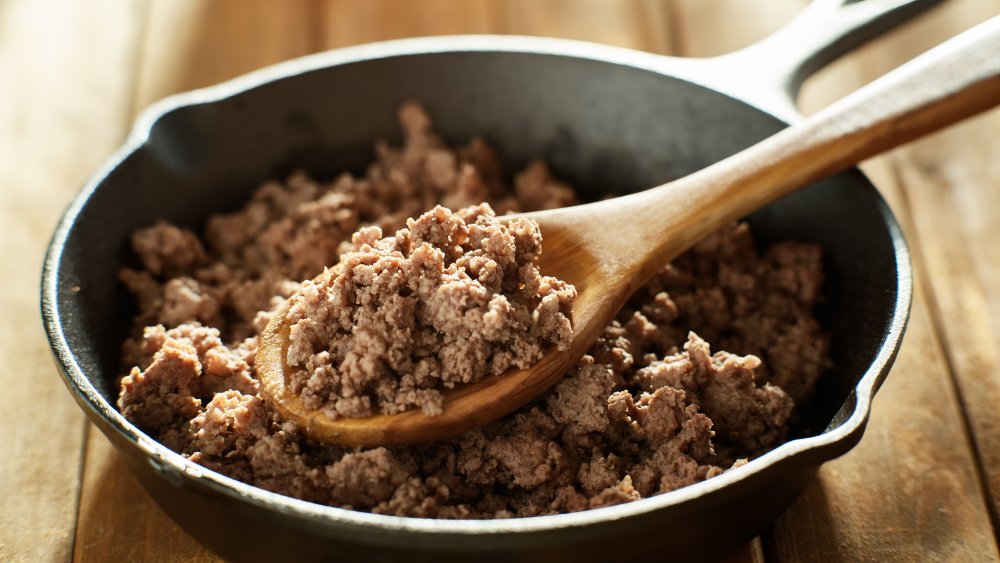
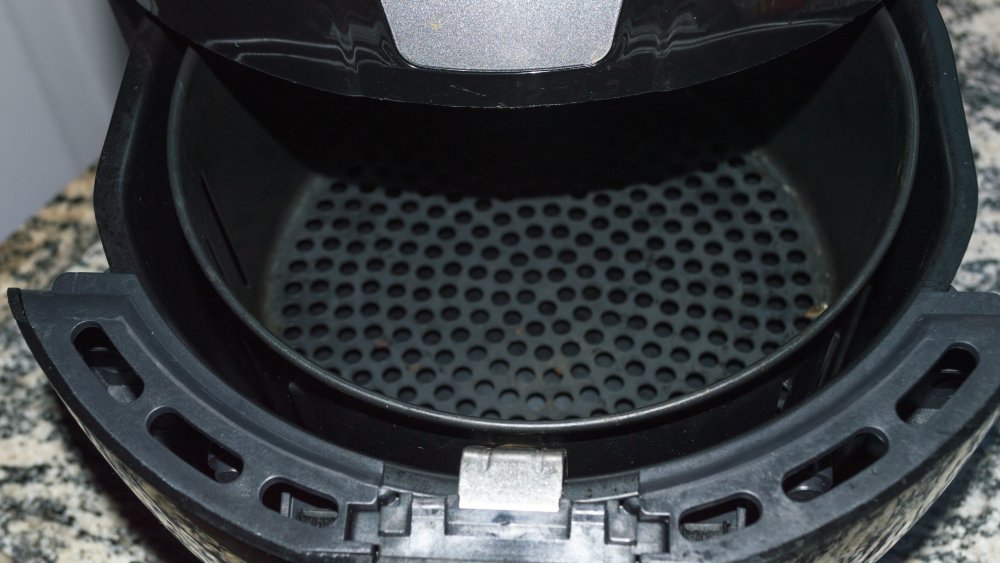
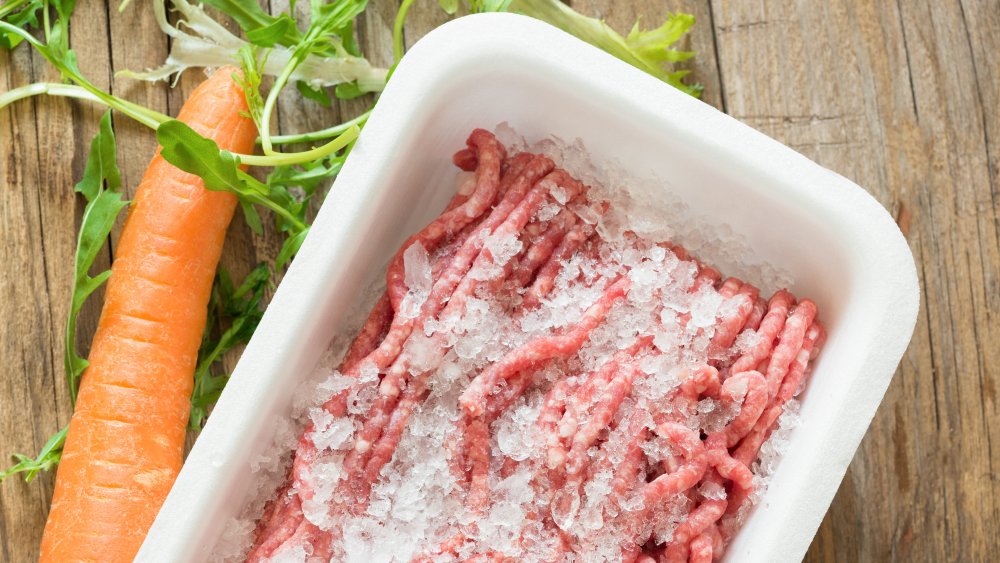
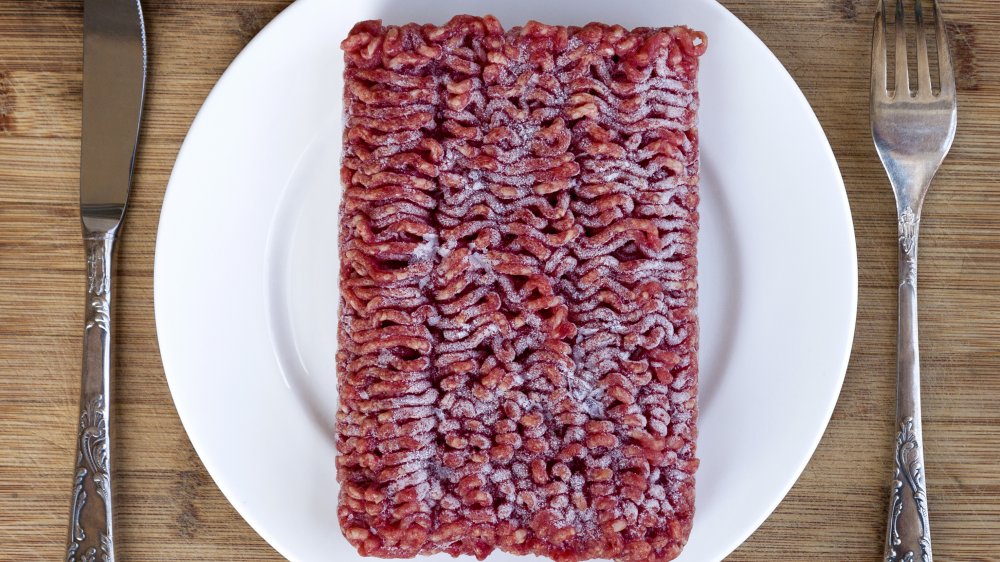
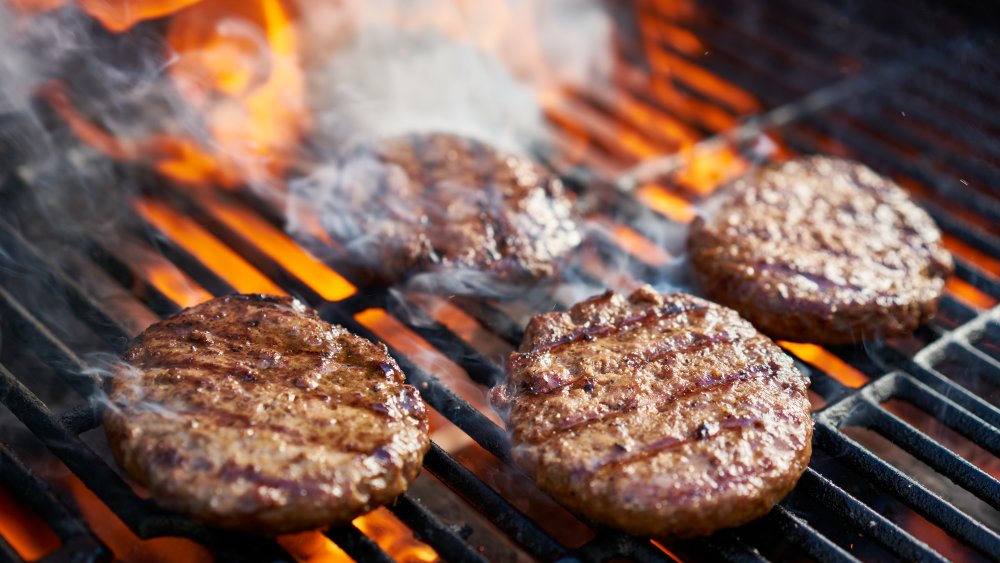
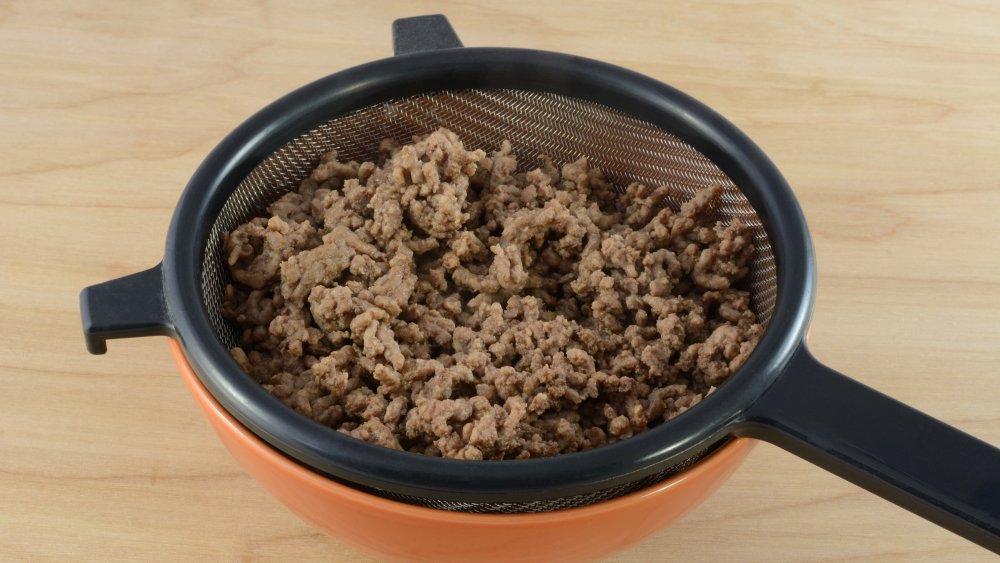

0 Response to "How to Dry Out Ground Beef"
Post a Comment